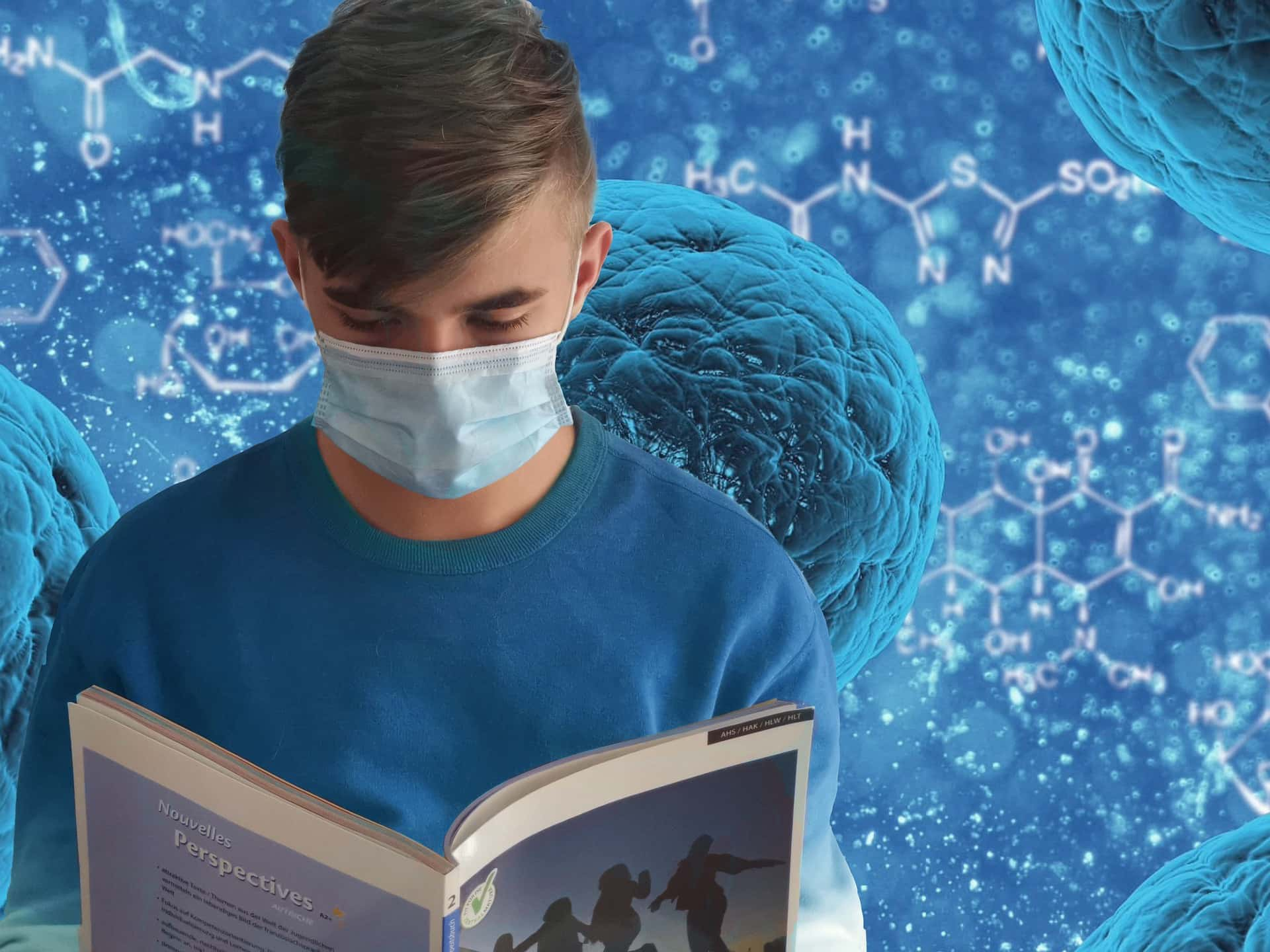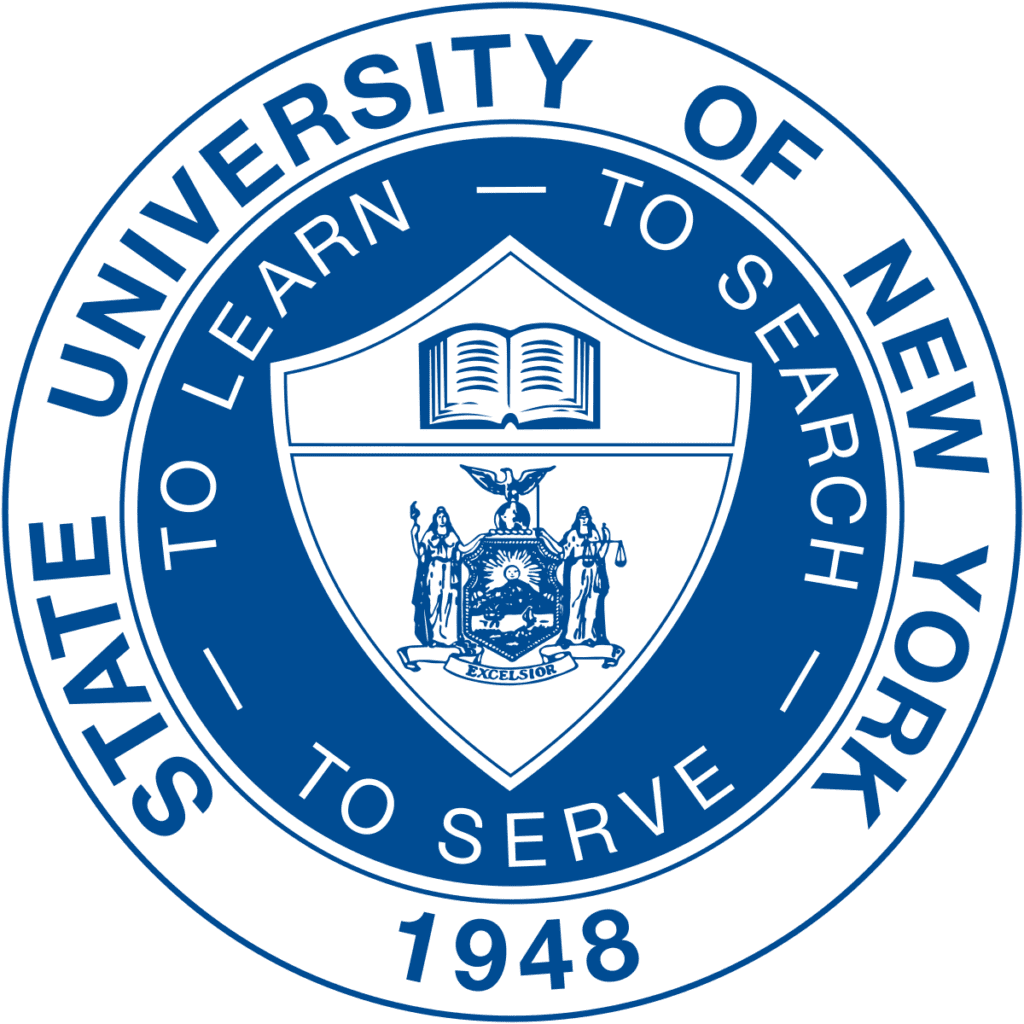Search Posts
Recent Posts
- RI Veterans: Did you know? 25.04.24 (100th for Louis Dolce, events, resources) – John A. Cianci April 25, 2024
- Business Beat: Bad Mouth Bikes takes home 3 national awards April 25, 2024
- Rhode Island Weather for April 25, 2024 – John Donnelly April 25, 2024
- We Cook! Mill’s Tavern’s Cajun North Atlantic Swordfish, Mango Salsa, Cilantro Citrus Aioli April 25, 2024
- The Light Foundation & RI DEM’s 4th Annual Mentored Youth Turkey Hunt a success April 25, 2024
Categories
Subscribe!
Thanks for subscribing! Please check your email for further instructions.

Don’t take it home for the holidays!
What will RI Colleges/Universities do to protect families back home…
Soon, students at Rhode Island colleges and universities will leave for home. Thousands of them. They’ll drive, get on a bus, a train, or a plane. Friends or family may come to fetch them. To bring them home. Home to brothers and sisters, parents, friends and relatives. Grandparents. Aunts and uncles. They’ll get together with their neighborhood friends at home. Go out to the bars. Restaurants. Gather at each other’s homes. They’ll shop for holiday gifts.
Just a few short weeks ago, these young people were coming into Rhode Island. They moved into dorm rooms, apartments and houses off-campus. Some got jobs in the local neighborhood. They found their favorite watering holes. And Pizza places. They went to the gym. Practiced on their school’s sports team, maybe. Shopped for groceries. Planned and went to more than a few parties. Partnered up with their best-buds. Found a little romance.
Then they started to test positive for the coronavirus. Some got a little sick. Some more moderately sick. As far as we know, only one student was reported as having to go to a hospital, and that student had an underlying condition, and recovered well. Some never had a symptom. But they became walking germ-spreaders.
Most had masks but didn’t wear them very much. A 3-decker tenement could have between 10 and 15 students living in it – it could be seen as a “safe family group”. But it wasn’t. Each student had a whole lot of other interactions. Mask on – mask off.
Most, if not all schools did not require negative tests to get on campus, or quarantines before moving in. But now there was a rush-to-test. And positives were found. Some symptomatic, others asymptomatic, and yet others pre-symptomatic. More than 250 at one campus, and at another. The state’s Health Department partnered with the schools to identify, quarantine, and contact trace.
More than one university at the very beginning advised positive kids to – go home. Then they stopped recommending that. And the Health Department got involved. So that advice was changed to shelter in place. Don’t go out. Don’t come onto campus. Don’t go to work. They would be brought food and what they needed to recover and quarantine right where they were living – or moved to a hotel room or dorm room if their place had other people too close around them. All designed to stop the spread in its tracks.
Things started to clear up pretty well. Aggressive testing protocols were put in place. More than one private school required the downloading of a testing/symptom app that had to be shown to enter and move around campus. And things got back to normal, with a little outbreak here and there – most resulting from rule-breaking parties. Why? Because kids are kids.
We learn quickly about this disease and now we know that the coronavirus usually cannot be reliably detected during the first 5 days after infection. After 8 days, however, it can be detected in most infected people.
On the cusp of Thanksgiving
In a few short weeks, college kids will be disbursing for the Thanksgiving break – some will stay through Christmas and return in January – others will go back and forth. Some schools will use this time to switch to virtual learning until the next semester. We learned that SUNY, the State University of New York has announced a massive plan to require all 140,000 students on their campuses to test negative before leaving for Thanksgiving break, after which most of the campuses will operate almost entirely remotely. “By requiring all students to test negative before leaving, we are implementing a smart, sensible policy that protects students’ families and hometown communities, and drastically reduces the chances of Covid-19 community spread,” said Jim Malatras, the system’s chancellor, in a news release.

The policy requires students to test negative within the 10-day period before leaving campus for the break and applies to all students “using on-campus facilities in any capacity.” Campuses must submit their plans, for testing students as close as possible to their departure date, to the system by November 5.
There is also a recommended four-step plan by MedPage recommended for colleges and students, specifically, and it is in great detail. The group feels that following the four-step plan is essential for asymptomatic students wishing to travel home.
Students already exhibiting any signs or symptoms of COVID-19 infection should get tested and seek care from a licensed healthcare professional.
Here is their plan:
Step 1 – Self-sequestration (8 days before leaving for home)
- Avoid going to restaurants, bars, parties, or any place where people gather in numbers.
- Convert to 100% online learning.
- Wear a mask at all times when outside of your own room.
- Maintain social distancing of at least 6 feet between yourself and others.
- Practice frequent hand washing.
- Get your flu shot as early as possible
Step 2 – Pre-travel testing (2-3 days before leaving for home)
- Get a COVID-19 test, preferably a molecular test for viral RNA using an FDA-approved nucleic acid amplification test (NAAT) on a nasal, nasopharyngeal or saliva sample, acknowledging this will not be perfect (the risk of a false negative result may exceed 20%). Rapid antigen testing has not been thoroughly tested in real world scenarios and its performance in asymptomatic individuals is not comparable to molecular NAAT testing though the FDA has given it an emergency use waiver.
- If your results are positive, self-quarantine at college and make a new plan to “reschedule” the holidays for a later date.
https://bda5240ea0202692d21b94529b9e9a11.safeframe.googlesyndication.com/safeframe/1-0-37/html/container.html Step 3 – Travel home
- If your results are negative, travel home following CDC guidance, wearing a widely available disposable surgical mask or a cloth mask with at least two layers, as well as (optional) eye protection at all times when indoors with crowds and on planes, trains, buses or other enclosed vehicles. Vented masks that reduce the obstruction to exhaled breath are not appropriate and are not recommended.
- Regularly clean your hands with an alcohol-based hand sanitizer, sanitizing wipes, or soap and water. Use antibacterial wipes on your seat, tray table, armrest, and other areas around you during your travel.
Step 4 – At home (upon arriving)
- Avoid activities in which social distancing cannot be maintained or taking protective measures may be difficult.
- Host outdoor activities rather than indoor activities as much as possible.
- Follow CDC guidelines by asking all guests at holiday gatherings to strictly avoid contact with people outside of their households for the prior 14 days.
- Avoid any self-serve food or drink options, such as buffets, salad bars, and condiment or drink stations. Use single-use options or identify one person to serve shareable items, such as salad dressings, food containers, plates, utensils, and condiments.
- Wash hands with soap and water for 20 seconds before and after preparing, serving, and eating food.
- Isolate from family and friends and get retested if you develop any symptoms (including but not limited to fever, cough, shortness of breath, sore throat, headache, loss of taste or smell) or are notified that you were a close contact with someone who tested positive.
- Find creative substitutes for the hugs and kisses that we all crave when reuniting with loved ones. Remember this is one year in a lifetime of holidays, and with luck, persistence, and science, we will be back to gathering closely again next year.
This is a developing story and we will survey Rhode island’s colleges to see what their plans are for students on campus traveling home for Thanksgiving. If you have children on campus or in off-campus housing, think about how to safely have them return for the fall holidays.
